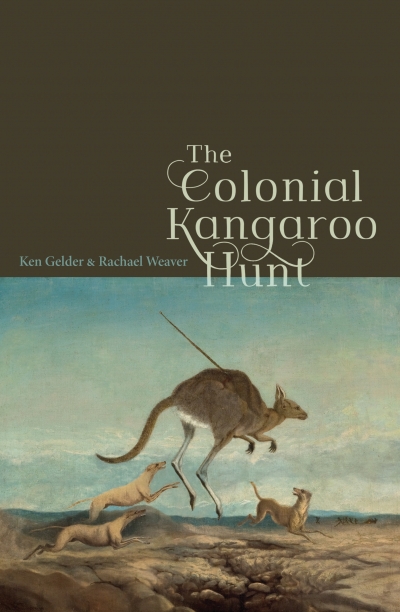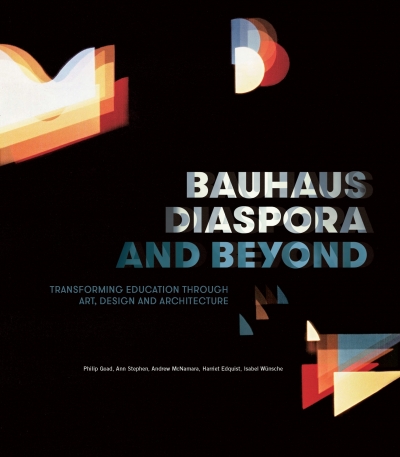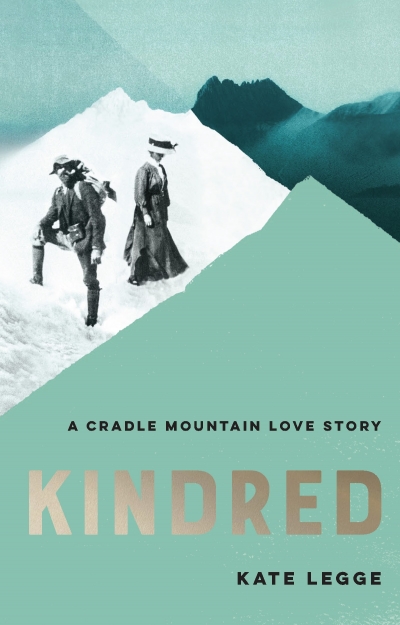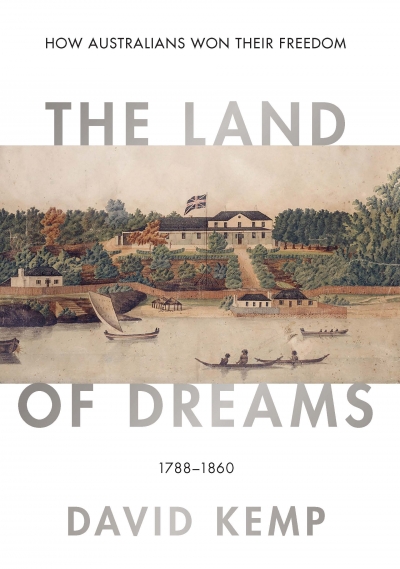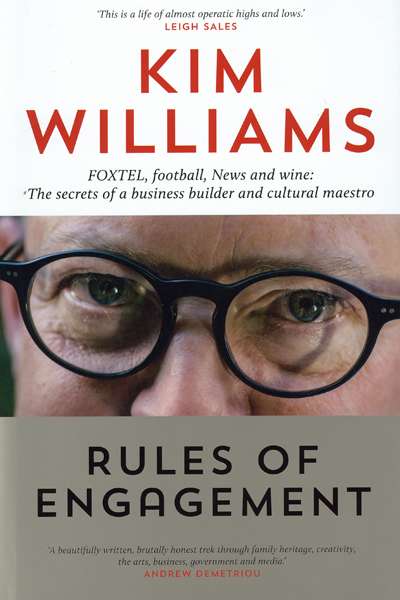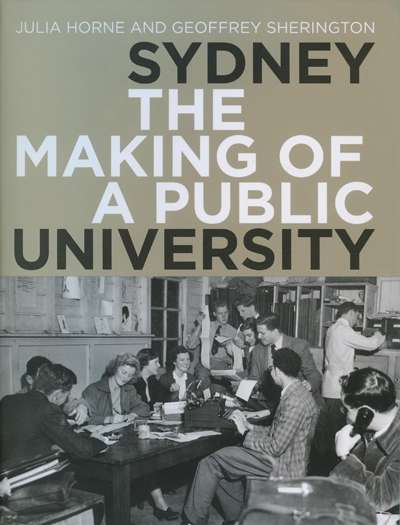Miegunyah Press
Under the Rainbow: The life and times of E.W. Cole by Richard Broinowski
by Jim Davidson •
The Colonial Kangaroo Hunt by Ken Gelder and Rachael Weaver
by Danielle Clode •
Bauhaus Diaspora and Beyond: Transforming education through art, design and architecture by Philip Goad et al.
by Christopher Menz •
The Land of Dreams: How Australians won their freedom,1788–1860 by David Kemp
by Alan Atkinson •
Shifting the Boundaries: The University of Melbourne 1975–2015 by Carolyn Rasmussen
by Kate Murphy •
Strange Country: Why Australian painting matters by Patrick McCaughey
by Mary Eagle •
Sydney by Julia Horne and Geoffrey Sherington & From New Left to Factional Left by Alan Barcan
by Richard Broinowski •


